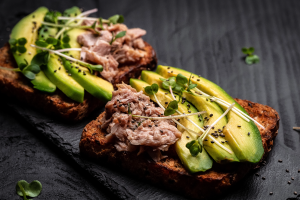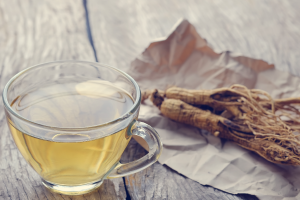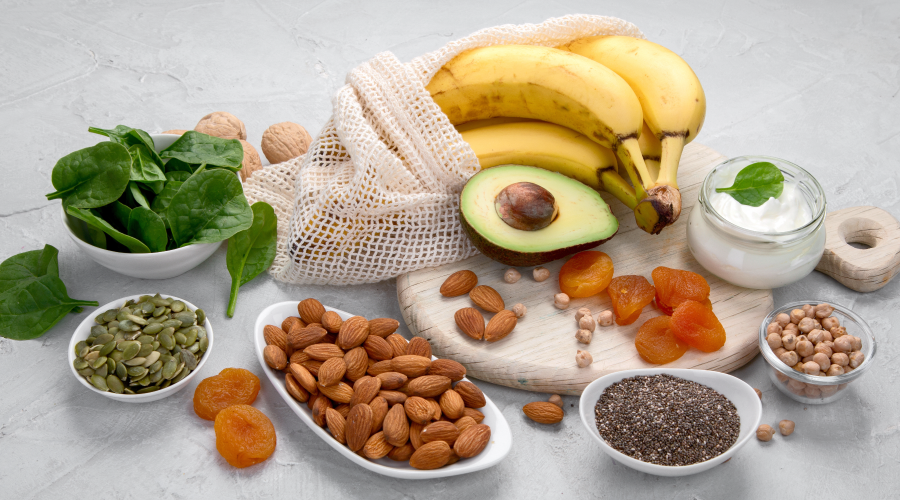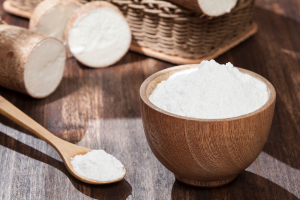

The best way to manage risk factors associated with diabetes is through a healthy diet which is low in carbohydrates and rich in nutrient-dense foods. The main strategy to follow is to make a healthy grocery list to manage blood sugar levels. Eating small portions at regular intervals is also one important regimen that you will have to follow.
This said, it does not mean that you will have to be too selective in planning the grocery list. Tips provided in this article regarding what should go in your cart will give you an insight into how diabetic grocery shopping can also be exciting.
Healthy Grocery List Items Considered Diabetic-friendly
Even before you head to the supermarket, you should plan a menu for the whole week. You can look for diabetic-friendly foods and choose your favourites. Then go ahead with the grocery items list. A list compiled for healthy choices at the grocery stores is given below:
1. Vegetables
Vegetables rich in fibre, that contain essential minerals, vitamins, and antioxidants, and rich in nitrates that aid in controlling blood sugar levels should go into your grocery items list. You segregate your favourite vegetables from the list provided and include them in your shopping list. If you are not too fond of vegetables, then try some new recipes that might interest you. A variety of food choices along with a sumptuous amount of vegetables is what is required to keep diabetic people healthy.
The list is again divided into starchy vegetables and non-starchy vegetables. Starchy vegetables are a bit high in sugar but not a complete no-no to your diabetic grocery list. You can eat these vegetables in moderation.
If raw vegetables are a part of your in-between snacking, there is nothing healthier than that for diabetics.
Non-starchy Vegetables
- Green beans
- Kale
- Mushroom
- Zucchini
- Brussels sprouts
- Salad greens
- Cauliflower
- Broccoli
Starchy Vegetables
- Peas
- Carrots
- Potatoes
- Corn
- Sweet Potatoes
2. Fruits
Though sweet fruits are the best option to quench your urge for sweets if you are diabetic as they are rich in fibre and low in the glycemic index. Being rich in fibre, fruits tend to aid in restricting the absorption of carbohydrates when compared to foods high in carbs and low in fibre. However, you should limit your portion size to ½ cup and much less if you like dried fruits. You combine fruits and protein to make it more nutritious. The fruits that can be part of your grocery items list are:
- Oranges
- Berries
- Bananas
- Apples
- Watermelon
- Avocado
- Pears
- Tomatoes
3. Beans and Legumes
Beans and legumes are rich in protein and fibre. Due to the rich fibre content, the absorption of carbohydrates by the digestive tract is restricted. They are a better option when compared to foods that are rich in carbs and low in fibre. Beans and legumes are an excellent carbohydrate addition to your diabetic-friendly food list and can also substitute cheese or meat. The following beans and legumes can be a part of your diabetic-friendly grocery items.
- Lentils
- Kidney beans
- Black beans
- Pinto beans
- Garbanzo beans
4. Whole Grains
People with diabetes can benefit from whole grains as they are low in glycemic index and a good aid in managing blood sugar levels. However, while drawing the grocery items list, diabetics should avoid refined carbohydrates and instead go for the items mentioned below.
- Quinoa
- Whole wheat or legume pasta
- Wild rice
- Cornmeal
- Oatmeal
- Whole grain bread rich in fibre
- Barley
- Amaranth
- Millet
5. Seafoods, Eggs, And Meat
Like all others, people with diabetes also require proteins for essential bodily functions. Protein-rich foods are slow to digest and do not cause too much of a spike in sugar levels just like high-fat and high-fibre foods. The protein-rich sources that can be included in your shopping cart are:
- Sardines, salmon, and tuna, among other oily fish
- White fish fillets
- Boneless, skinless, chicken strips or breast
- Turkey breast without the skin
- Eggs-limit eggs to one per day and if you need more then have only egg whites.
Plant-based proteins include
- Lentils
- Pinto beans
- Edamame
- Tofu
- Tempeh
- Refried or baked beans
- Hummus
- Peas
- Black beans
6. Dairy
While shopping for dairy products you should be very careful about added sugars, especially in yoghurts. Besides being rich in essential nutrients, dairy products also have calcium and protein. Studies have shown that they may enhance the secretion of insulin in some people with diabetes. You may also include some non-dairy products like soy or almond.
- Low-fat milk
- Low-sodium cheese
- Low-fat cottage cheese
- Yoghurt with no added sugar
7. Condiments, Dressings, Spices, and Dips
Dressings and flavourings are advantageous for people trying to control blood sugar levels. Listed below are some delicious options to choose from
- Mustard
- Hot sauces
- Vinegar
- Salsa
- Any herb or spice
- Extract varieties
- Olive oil
You should exercise caution while choosing dressings. Look for the carbohydrate content. Some salad dressings including ketchup and barbeque sauces may be high in sugar or fat or both. Check the nutrition chart before adding the product to your cart.
8. Desserts
Some people feel that their meal is incomplete without a dessert. If you are one among them and are diabetic then, there is no restriction in including desserts in your diet but should be cautious about the frequency and portion size. Some of the diabetic-friendly dessert options are given below
- Homemade fruit salads
- Ice cream or pudding with low-calorie or no-calorie sweeteners like stevia
- Popsicles with no sugar additives or 100% fruit popsicles
- Desserts with sugar-free gelatin.
9. Snacks
For in-between meal cravings, the following are recommended options
- A small portion of fresh fruit along with fat or protein. For e.g. almond butter and apple
- Celery sticks or carrots with hummus
- Non-sweetened nuts
- Popcorn that is homemade
10. Beverages
Water is the healthiest option for both diabetics and non-diabetics. There are however other beverages that are diabetic-friendly. The ones that can be included in your grocery list are
- Sparkling water
- Sugarless ice or hot tea
- Sugarless coffee
- Sugarless plant-based milk
- Skimmed or low-fat milk
Foods to Be Listed Under the Rare or to Avoid Category
Some foods that are considered unhealthy for both diabetic and non-diabetic individuals should be either had in moderation or avoided entirely. People with diabetes should be wary of foods that cause fluctuations in their blood sugar levels.
Foods that are high in the following should be eliminated from your diabetic-friendly grocery items list
- Sugar in the form of cakes, candy, or ice-creams
- Trans fats and saturated fats
- Simple carbohydrates
Foods that have to be consumed in moderation are:
- Fast foods like chips, desserts, sweets, and baked foods
- Red meat
- White pasta
- White bread
- White rice
- Cereals with sugar additives
- Sweetened drinks
Avoid low-fat products that have sugar additives like low-fat yoghurt. Homemade foods are the best way to avoid sugar and sugar additives.

How Does Diet Help Diabetes?
Several factors like how frequently you monitor your sugar levels, what you include in your diet, your sleep quality, carbohydrate intake, and medication dosage impact diabetes management. Minor changes in these factors can affect your blood sugar levels considerably.
Watching what you eat, reducing the portions, indulging in physical activities of your choice, having quality sleep, and taking medication as per dosage prescribed are some of the aspects that will help you manage your blood sugar levels. By controlling the glucose levels you will be reducing the risk of other associated health issues like cardiovascular disease, nerve damage, and kidney disease. Another advantage will be weight management.
Conclusion
Eating a healthy and balanced diet is the key to managing type 2 diabetes or prediabetes. Including whole grains, beans, and legumes, and eating a lot of vegetables and fruits can help more than just medication. And yes, lean protein is as important as the other nutrients and so do not forget to include lean protein in your diet. Preparing a list of diabetic-friendly grocery items will help you avoid adding unhealthy products to your shopping cart.
Avoiding processed and packaged foods, sweetened snacks, pasta, white rice etc., will help to keep blood sugar levels at bay. Substituting wholemeal versions often is a good option.




